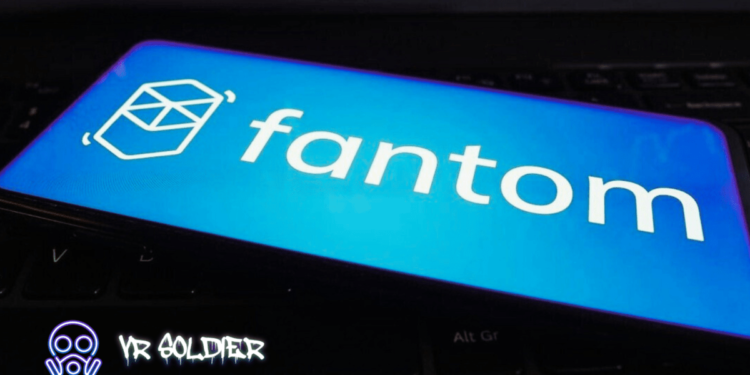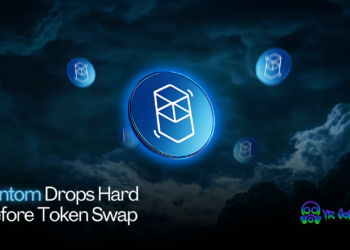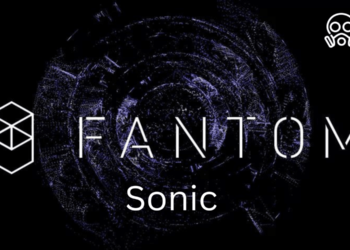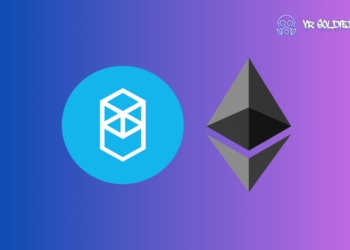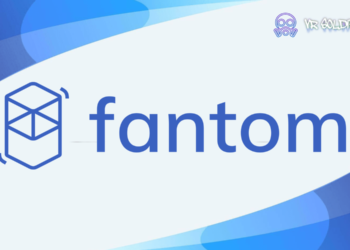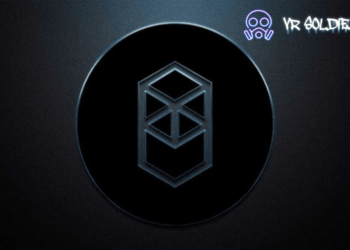The CEO of Fantom, Michael Kong recently shared some insights about the company’s strategy to construct a decentralized future. He also spoke about the role of Sonic and the network’s approach to achieving consensus.
Fantom: Achieving Scalability With The New Tech
A relentless pursuit of innovation has marked Fantom’s journey into the blockchain industry. Kong clarified that the release of Fantom Sonic aims to “dramatically enhance” the Lachesis consensus protocol. This improvement enables Fantom to process over 2,000 transactions per second with a one-second confirmation time. Such performance exceeds Ethereum’s and establishes a new industry standard for transaction speed and efficiency.

“There is a tradeoff between increasing the number of validators and the network’s performance. On average, the more validators in the network, the longer it takes to achieve consensus. However, the release of Fantom Sonic significantly enhances our Lachesis consensus protocol… Even if the number of nodes increased dramatically, confirmation times will still likely be very low,” Kong said.
Elevating Fantom’s Security with The Consensus Model
The core of the protocol’s architecture is grounded on the Proof-of-Stake (PoS) mechanism. It is secured by a consensus model necessitating two-thirds of the total staked FTM for transaction confirmation. The network ensures security against potential threats, reinforcing its reliability and trustworthiness with roughly 1.4 billion FTM currently staked and a total locked (TVL) of $67.46 million,
Improving Network Performance with Fantom Sonic
On the other hand, Fantom Sonic, the network’s new tech stack, introduces a Fantom Virtual Machine (FVM). According to Kong, it aims to diminish storage requirements and boost transactions per second throughput significantly. It is compatible with Solidly and Vyper programming languages, facilitating a transition for developers familiar with Ethereum, fostering a more inclusive and adaptable ecosystem.
“The new mechanism will have Proof-of-Safety, liveness, and robustness. However, the upcoming launch of Sonic on the mainnet signifies a leap forward, promising to elevate network performance to unprecedented heights. Fantom’s long-term vision includes exploring new theories and scaling solutions to accommodate increasing nodes without compromising performance.
How to Achieve Real Decentralization?
Addressing the subject of decentralization, Kong shared that there is “no precise level of decentralization”. He highlighted the expectation for a more evenly distributed staking system as the network grows. This model advocates for a more secure and decentralized environment while keeping validators incentivized by economic rewards to maintain network integrity and trust. “Like many other networks, the number of staked tokens is unequal across validators. While we anticipate more nodes joining the network, some nodes will still have significantly more staked FTM than others. That said, validators have an economic interest in preserving trust in the network,” Kong added.
Hence, Fantom’s strategy extends beyond technological advancements, focusing on community and validator engagement. The anticipated reduction in the cost of running a validator node under Fantom Sonic aims to democratize network participation, inviting smaller validators to contribute to and benefit from the ecosystem’s growth.
Looking Forward
Kong anticipates substantial advancements in zero-knowledge proofs and technologies poised to enhance network security and scalability further. He concluded that collaboration with the appropriate team is crucial for success in the cryptocurrency industry. “The most important advice I can offer is to collaborate with the right individuals – those with the skills you need for your project, integrity, honesty, and the capacity to be a team player. Without the right individuals, it will be significantly harder to make the type of impact you desire,” Kong added.

